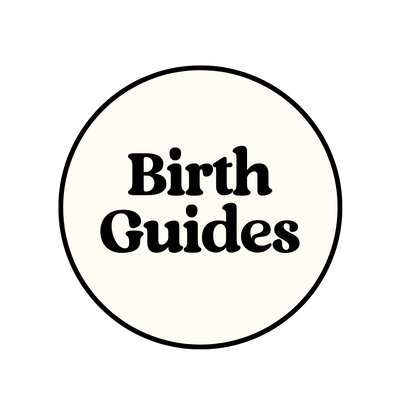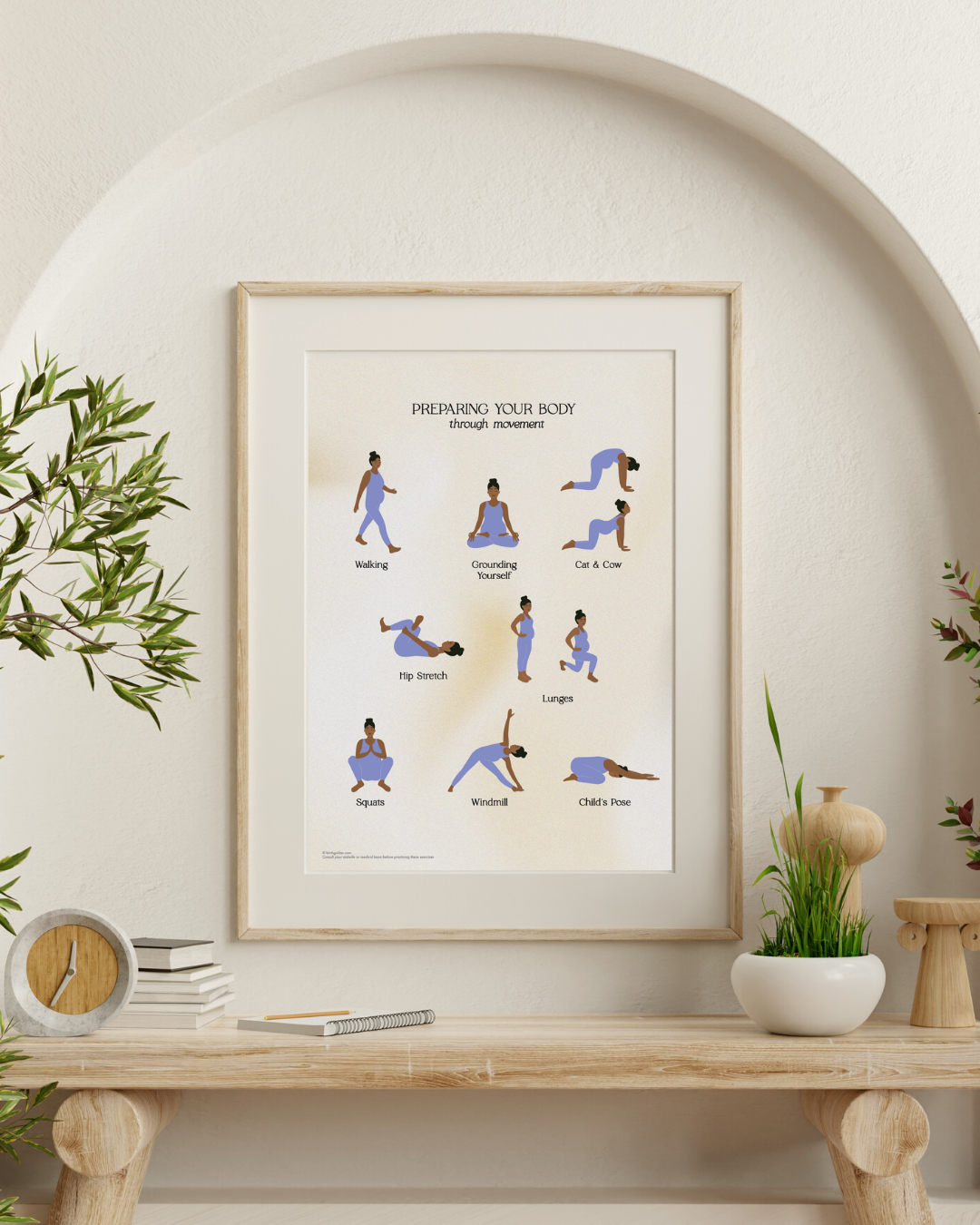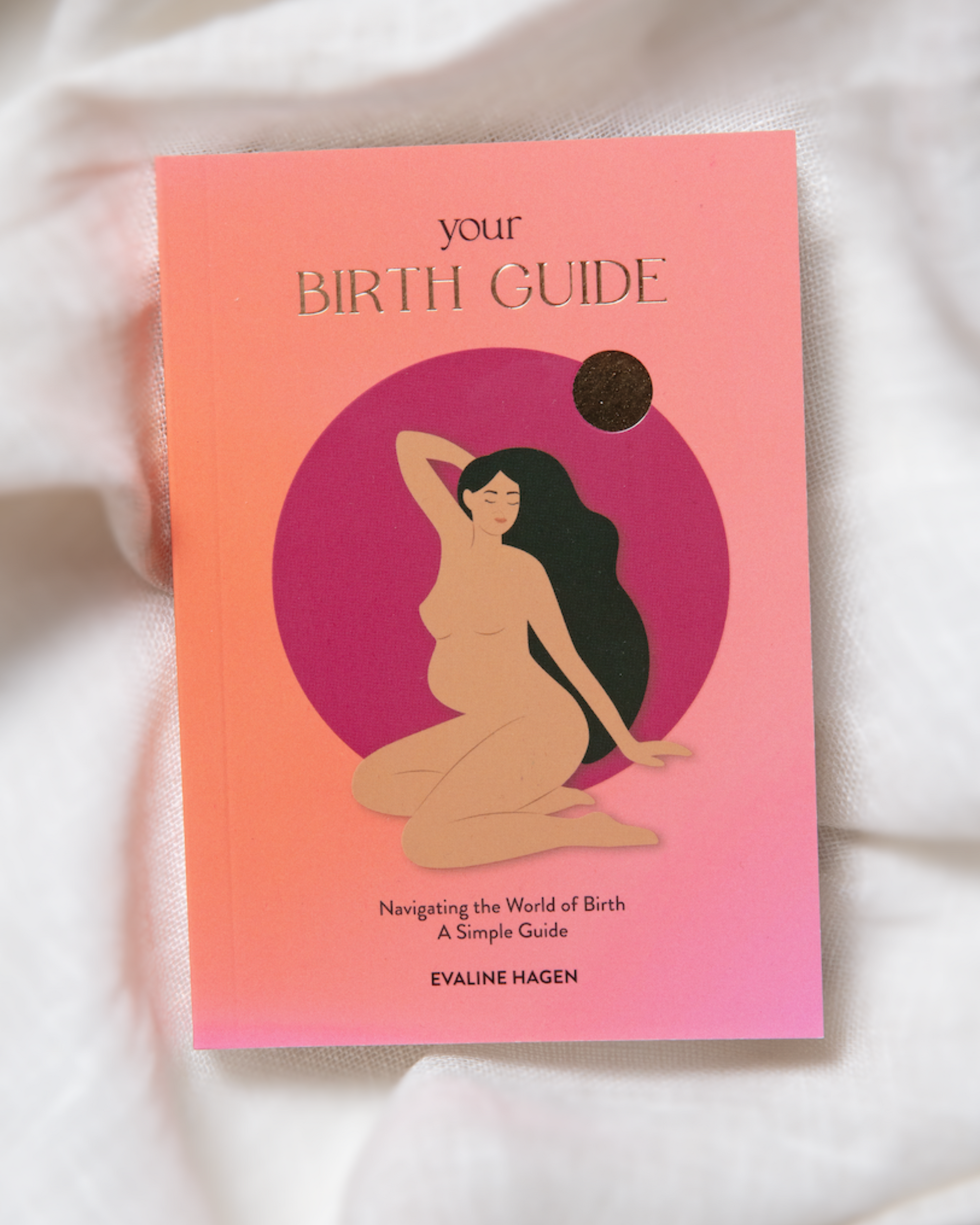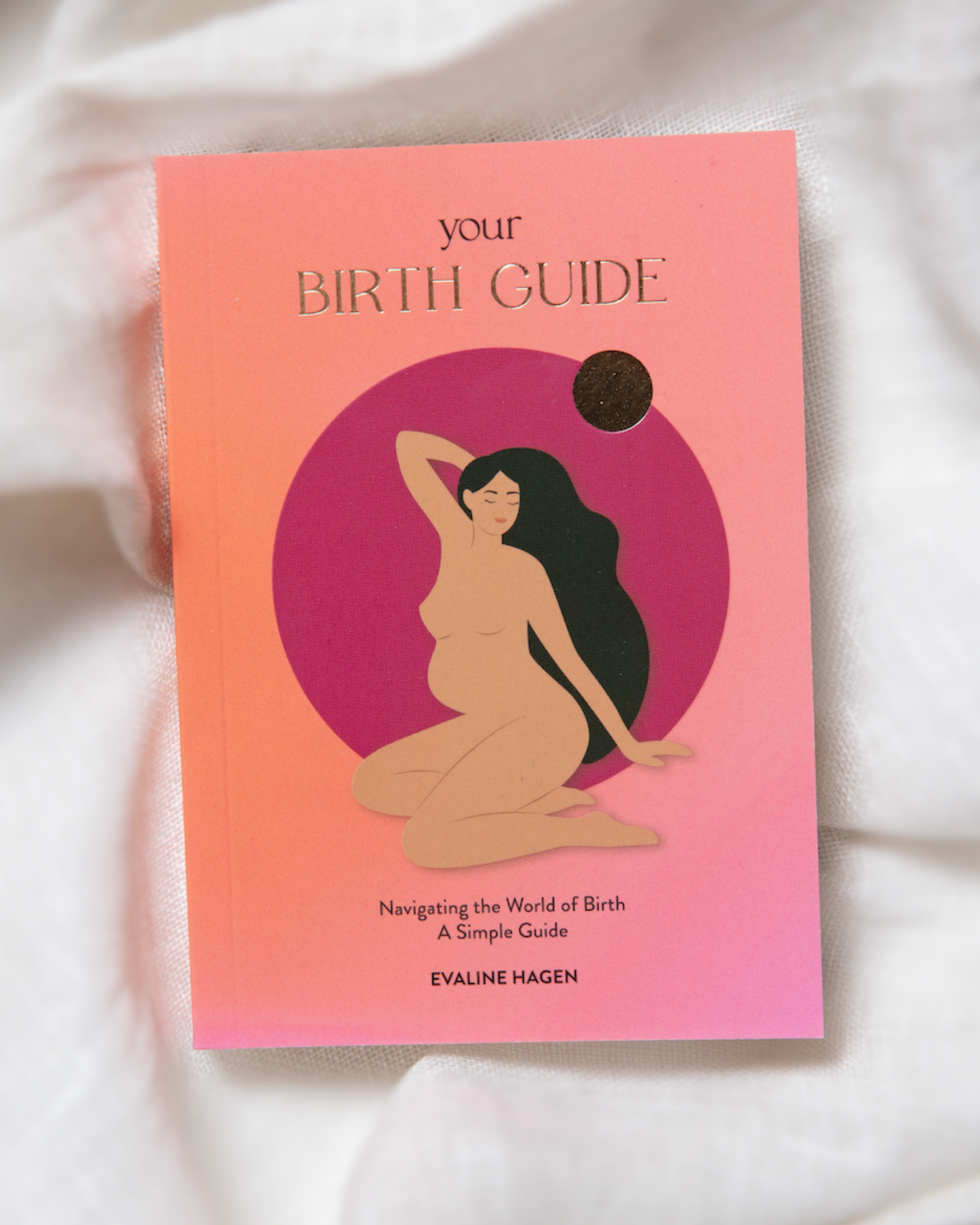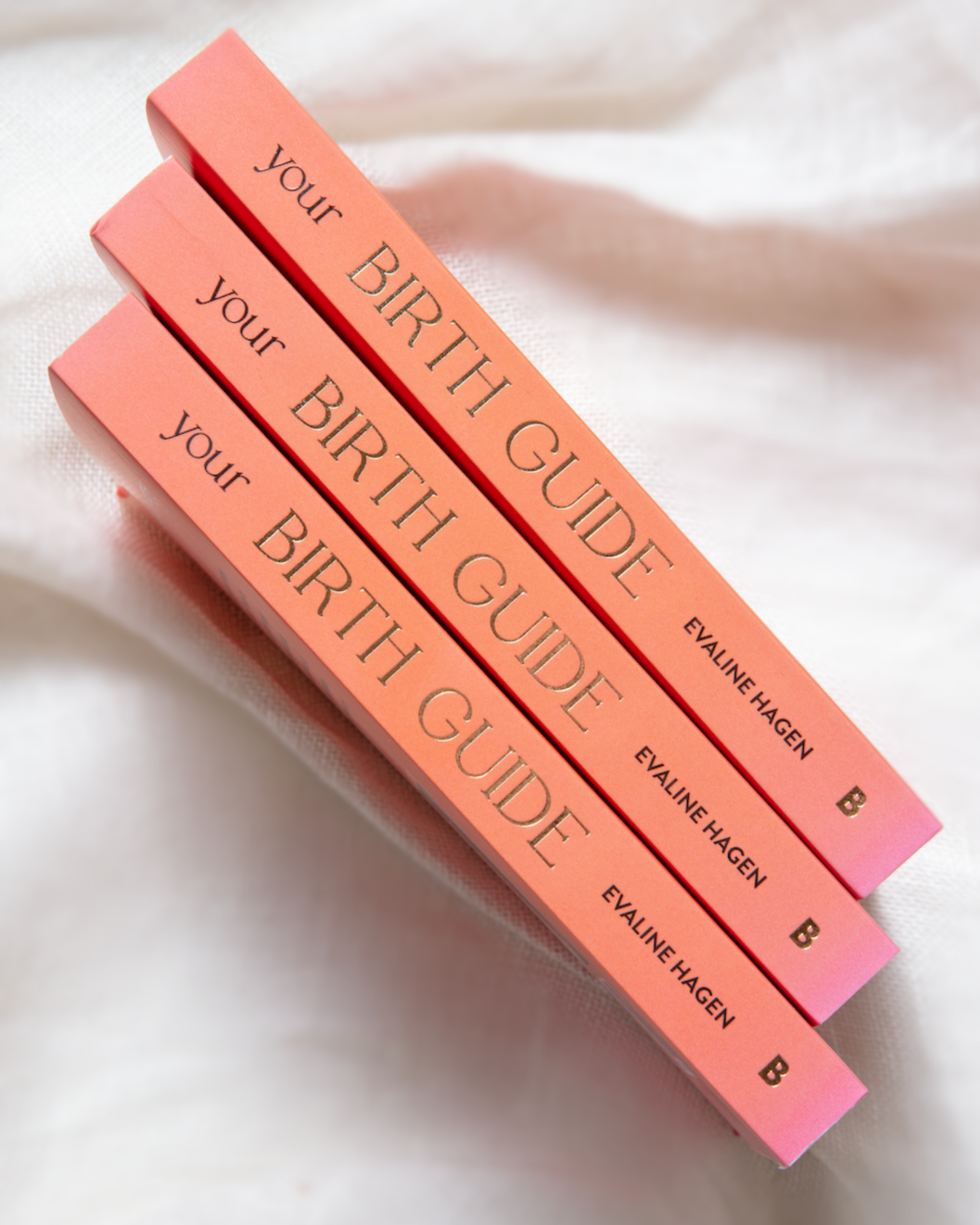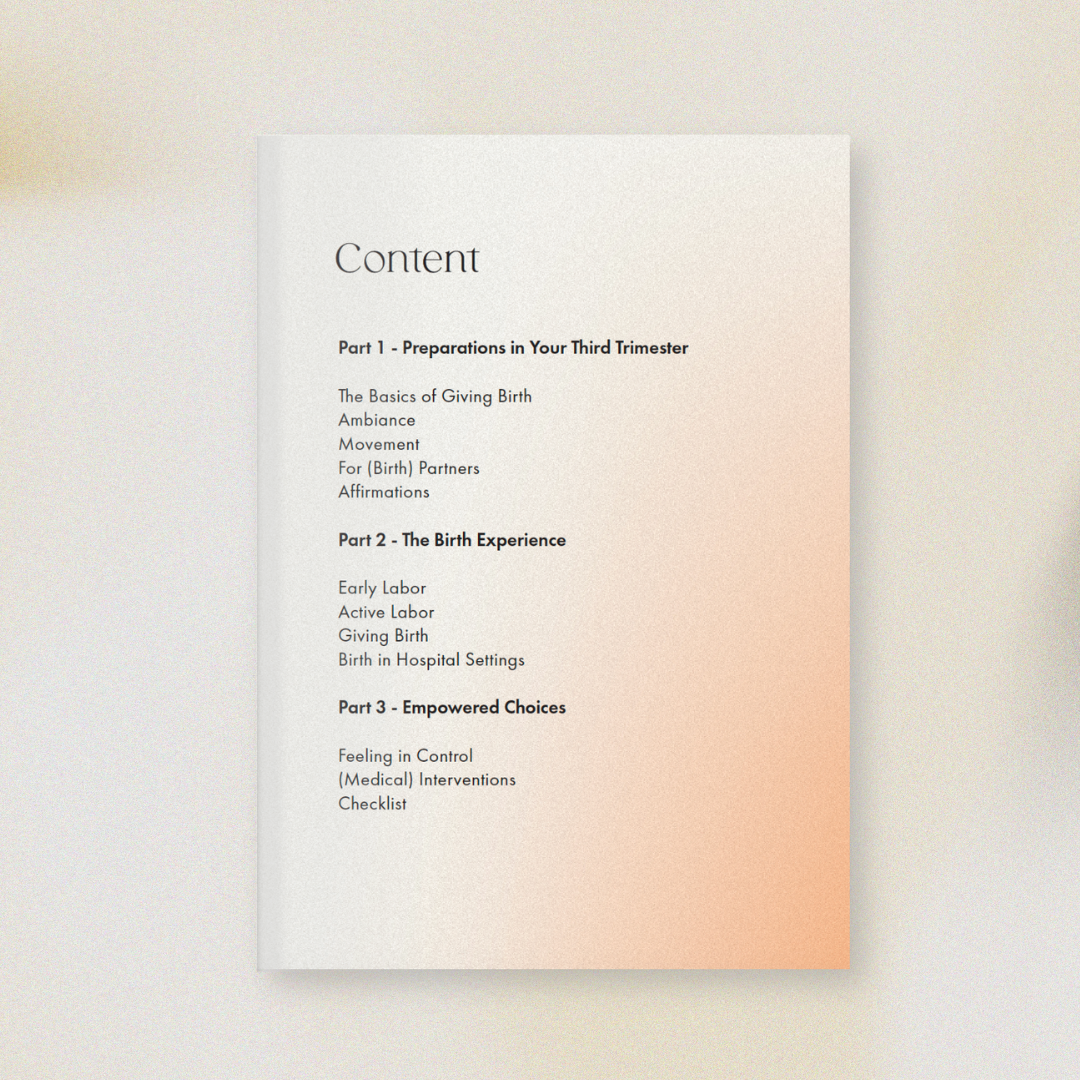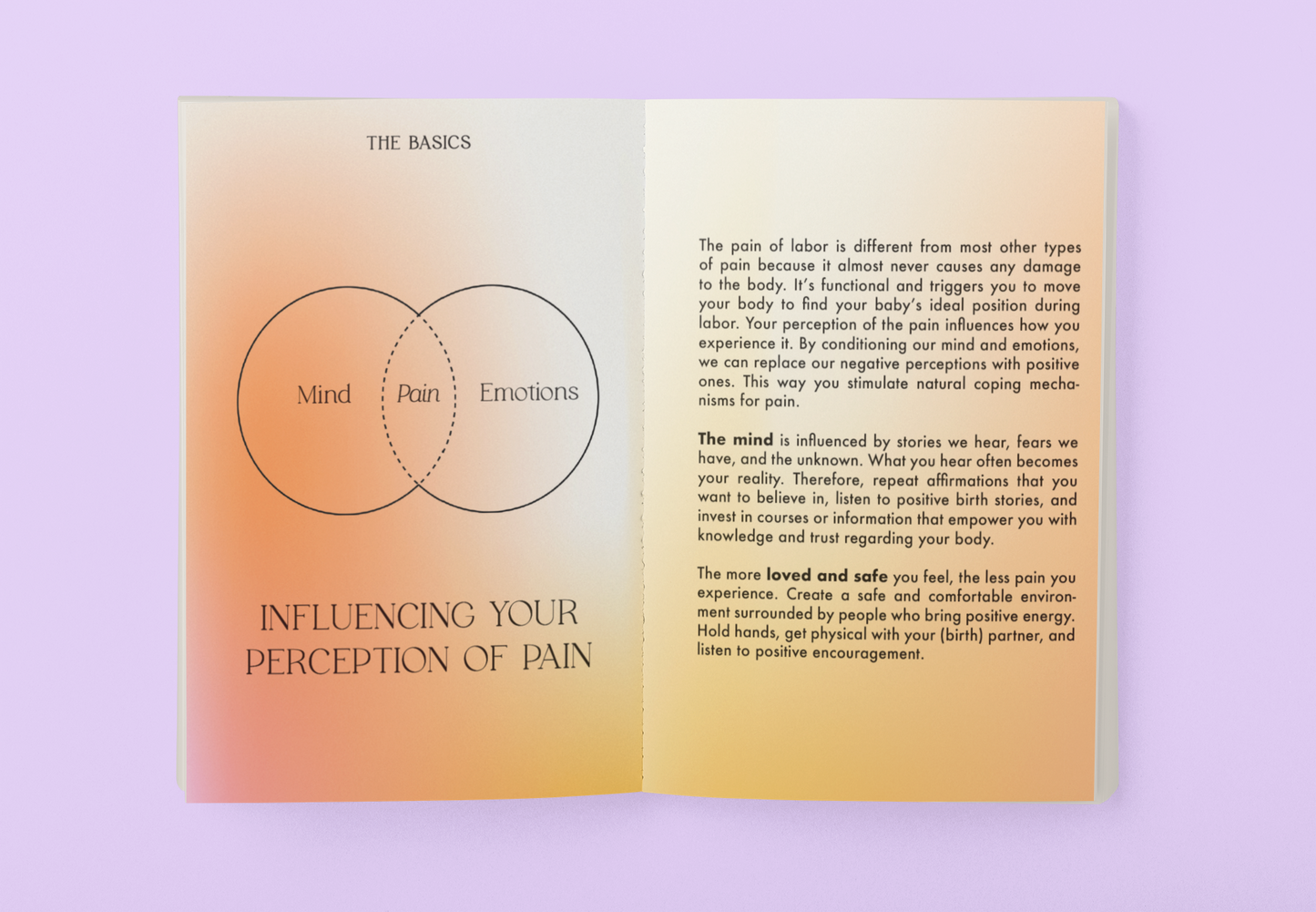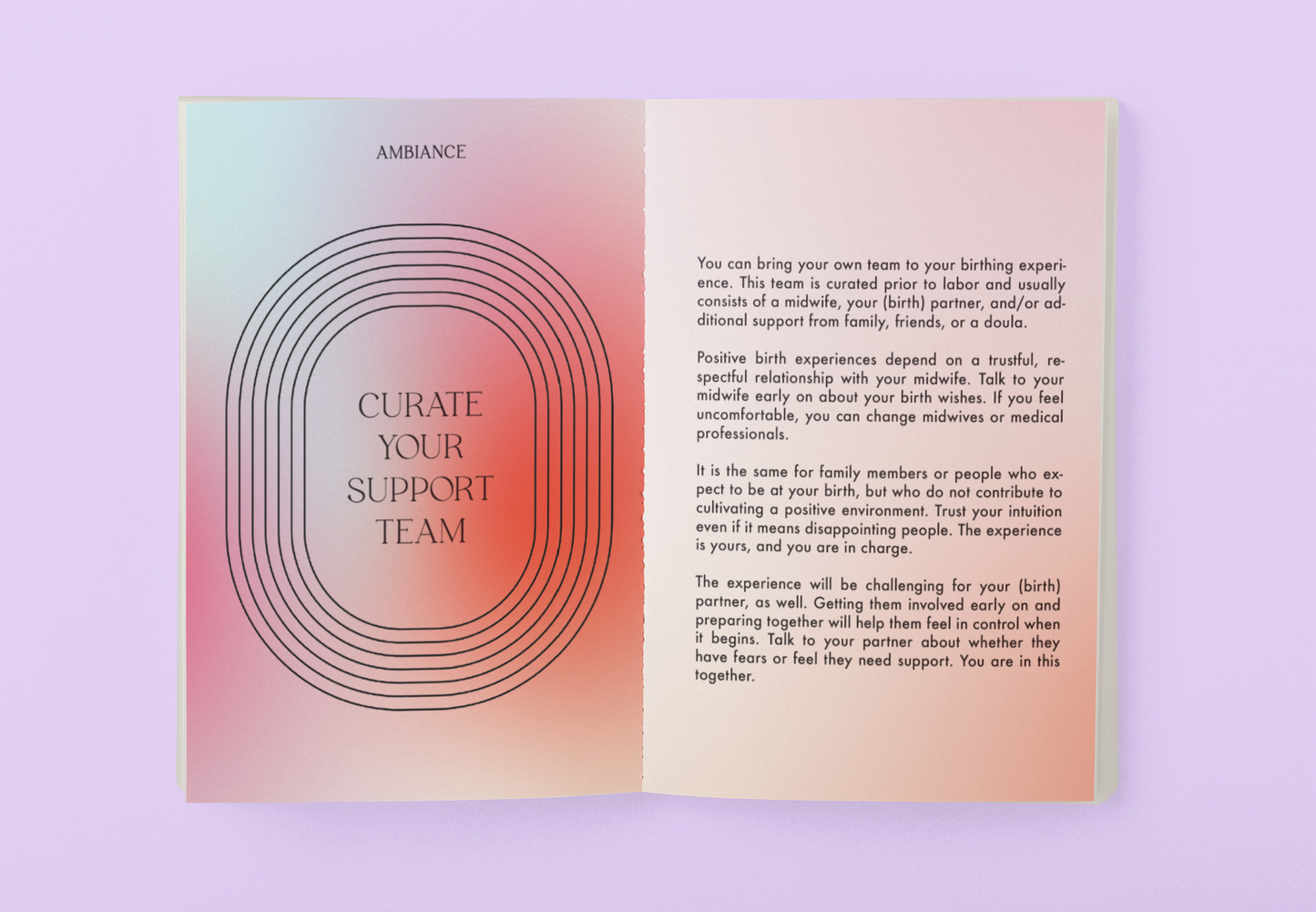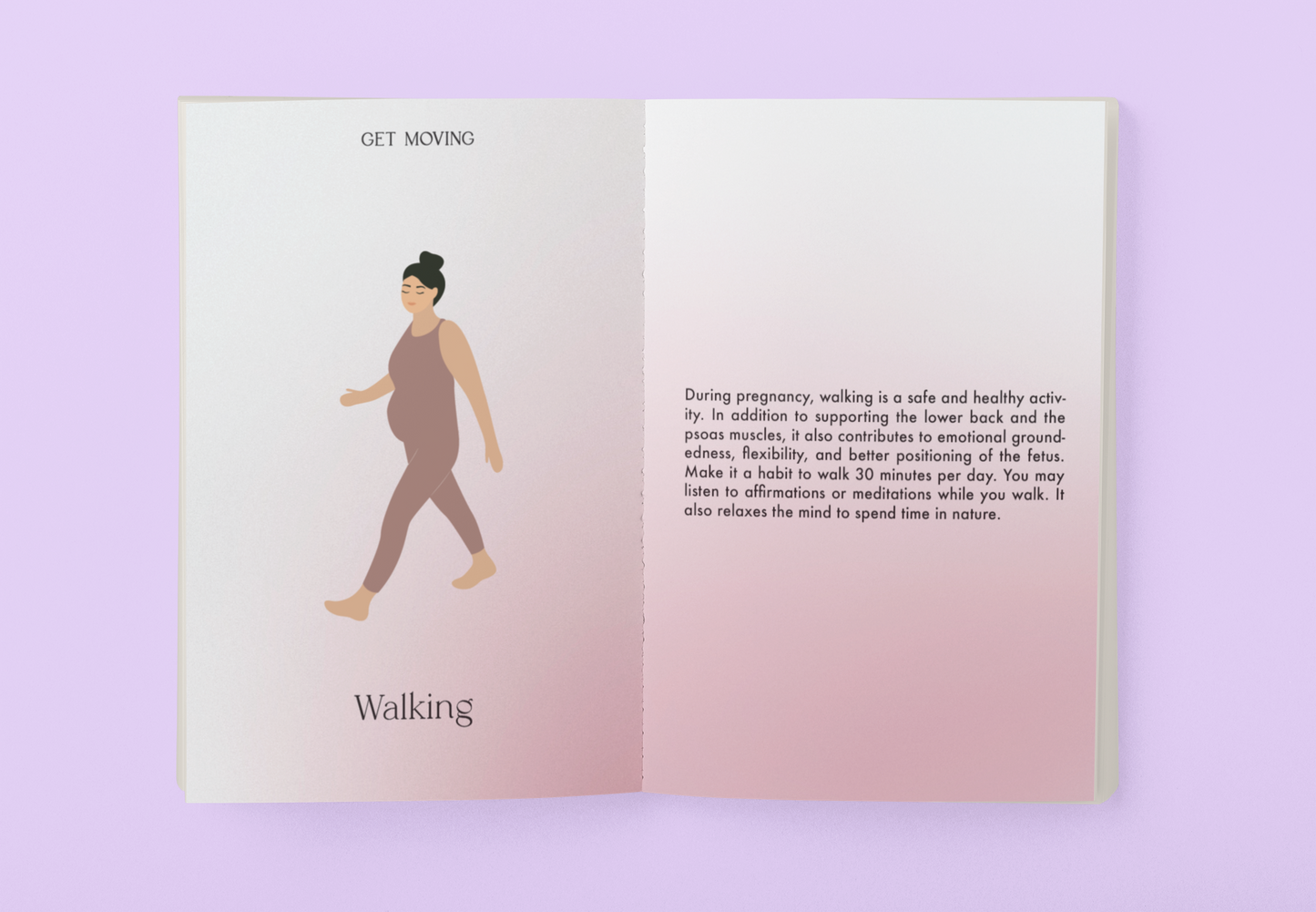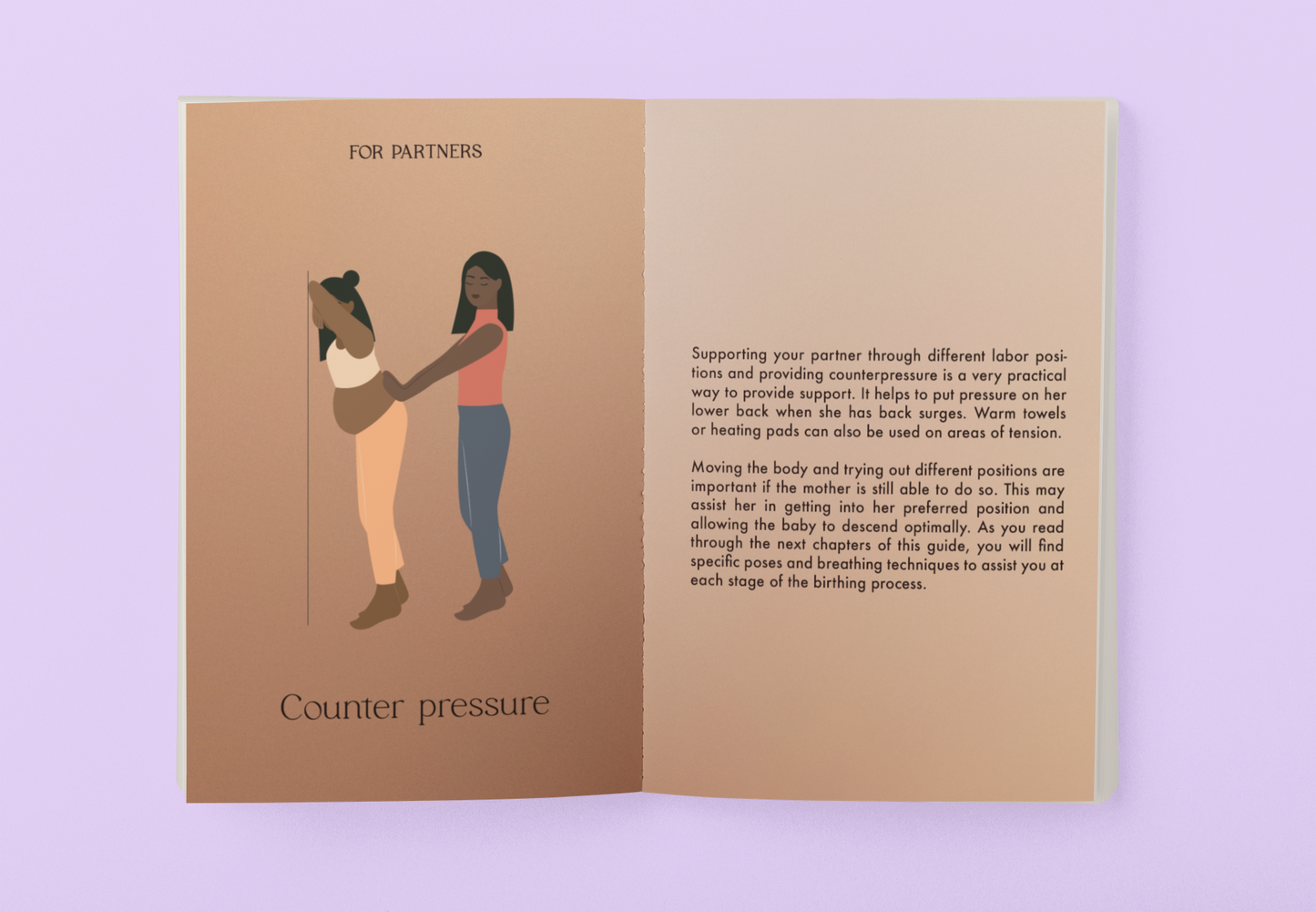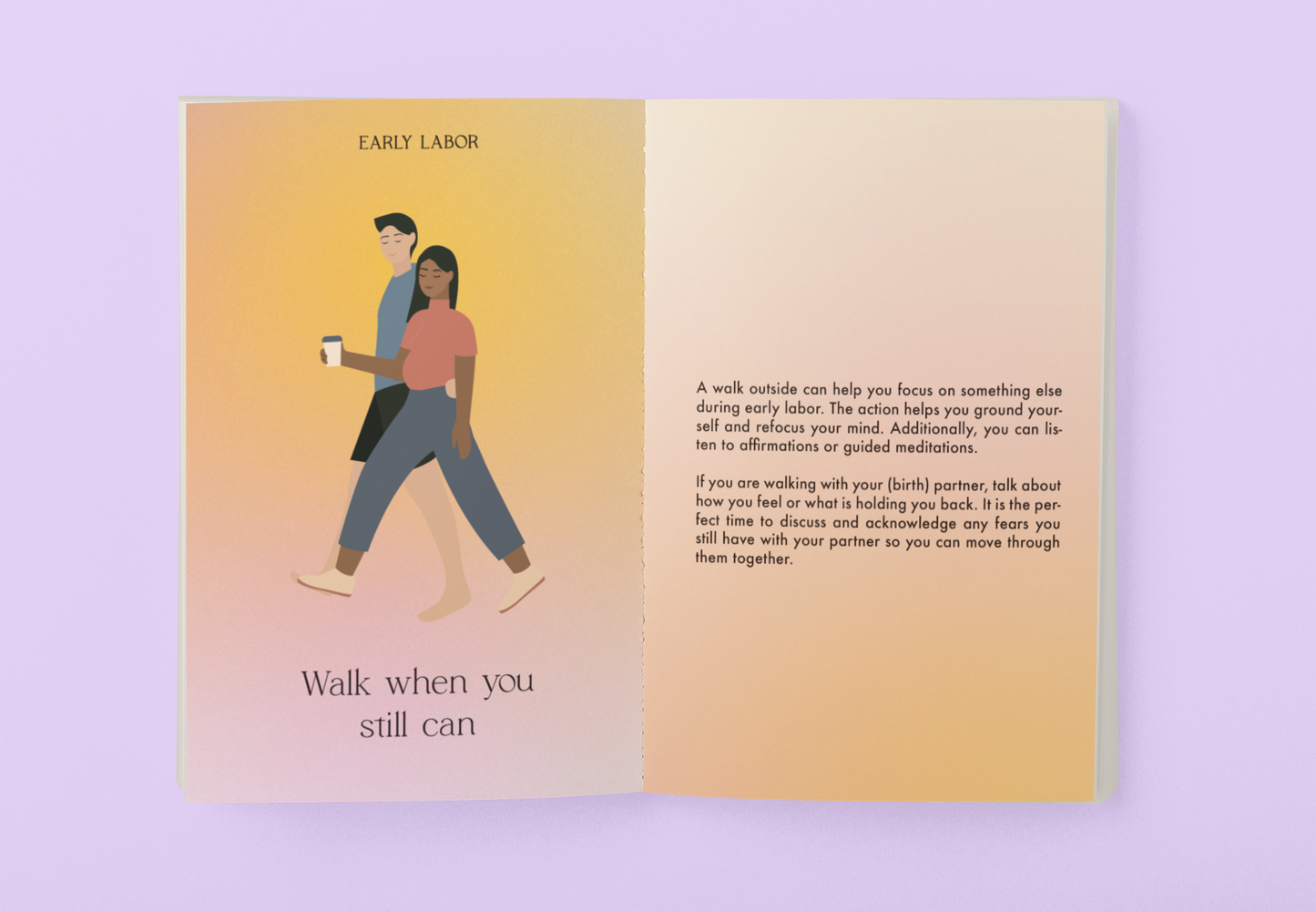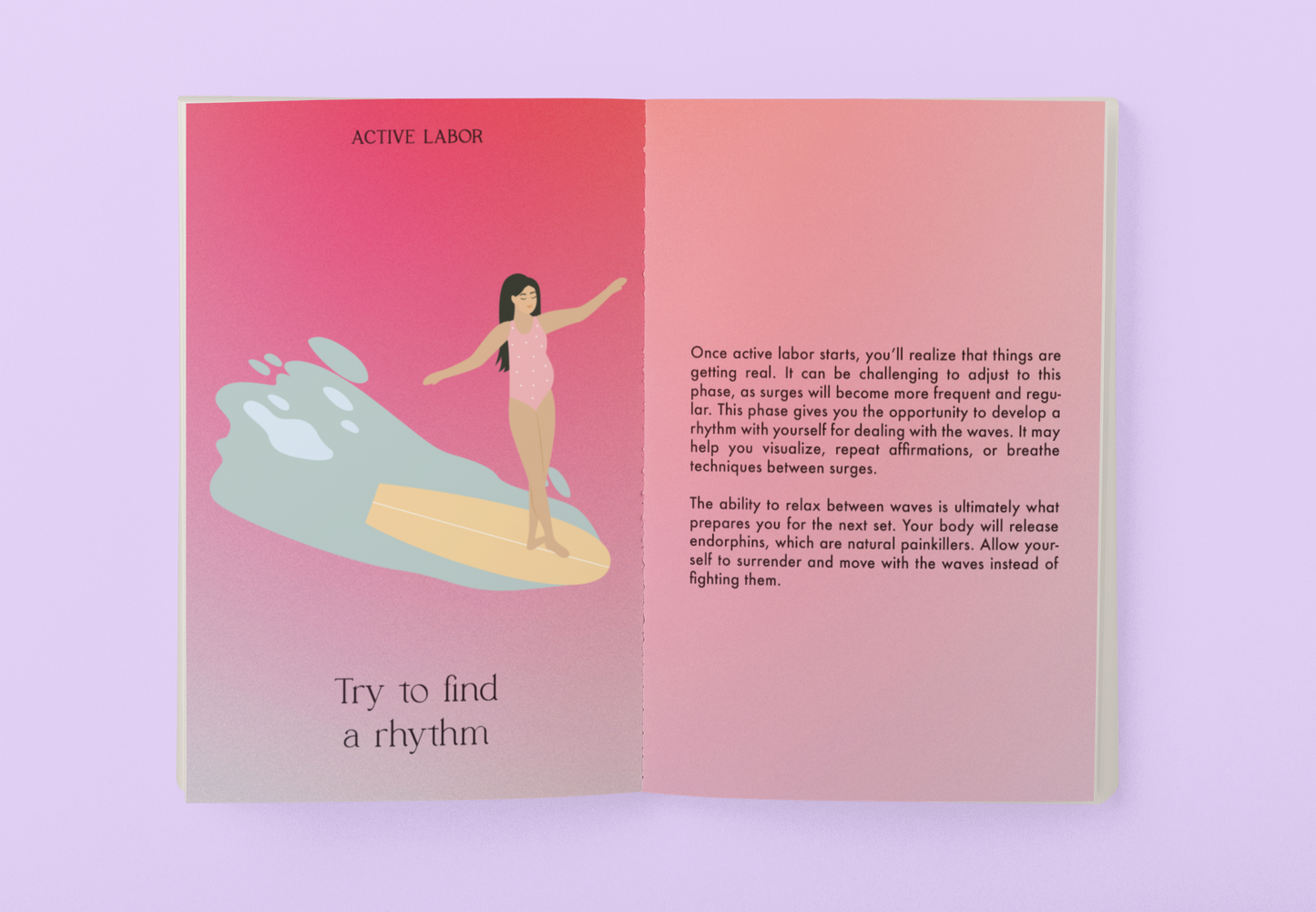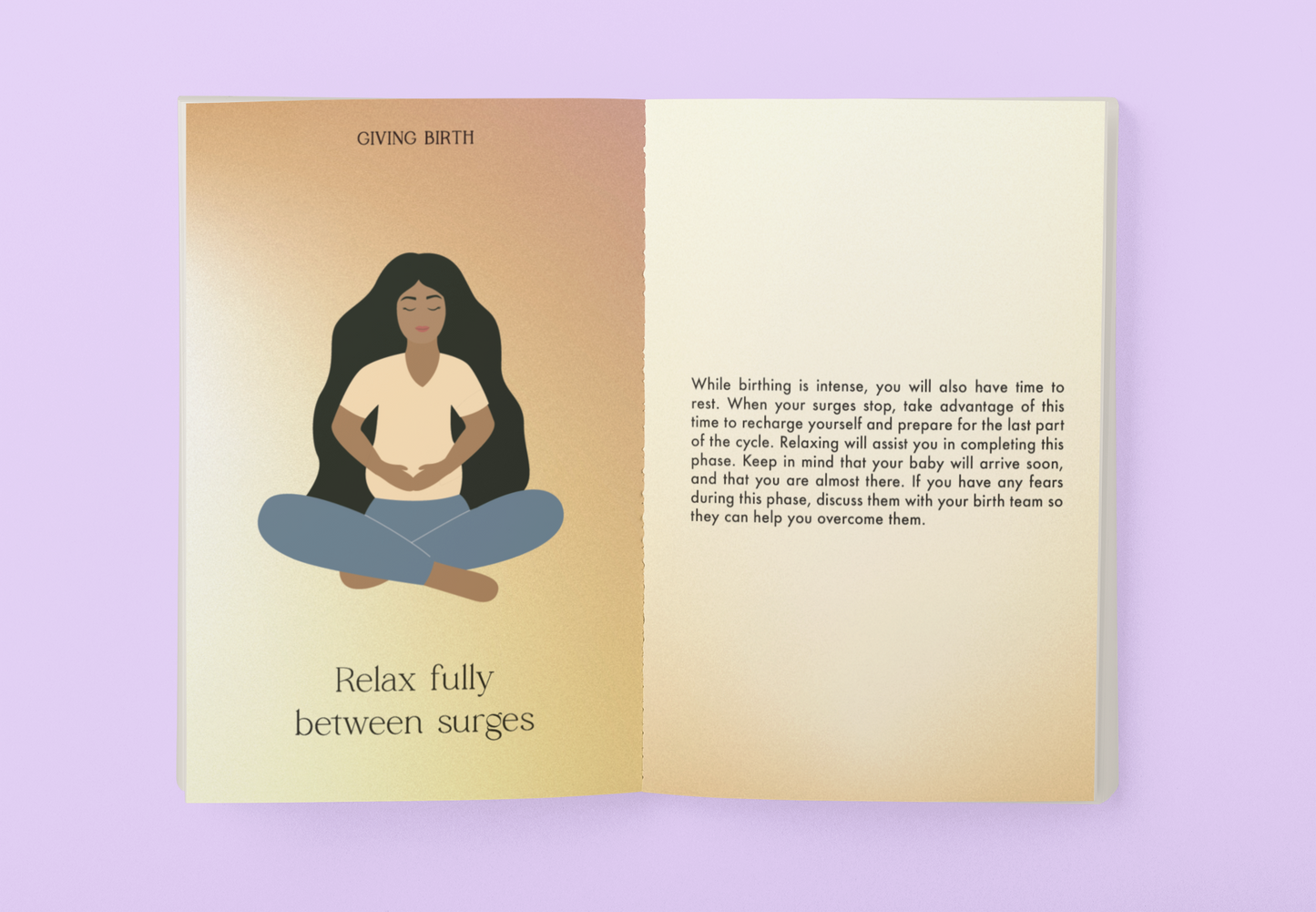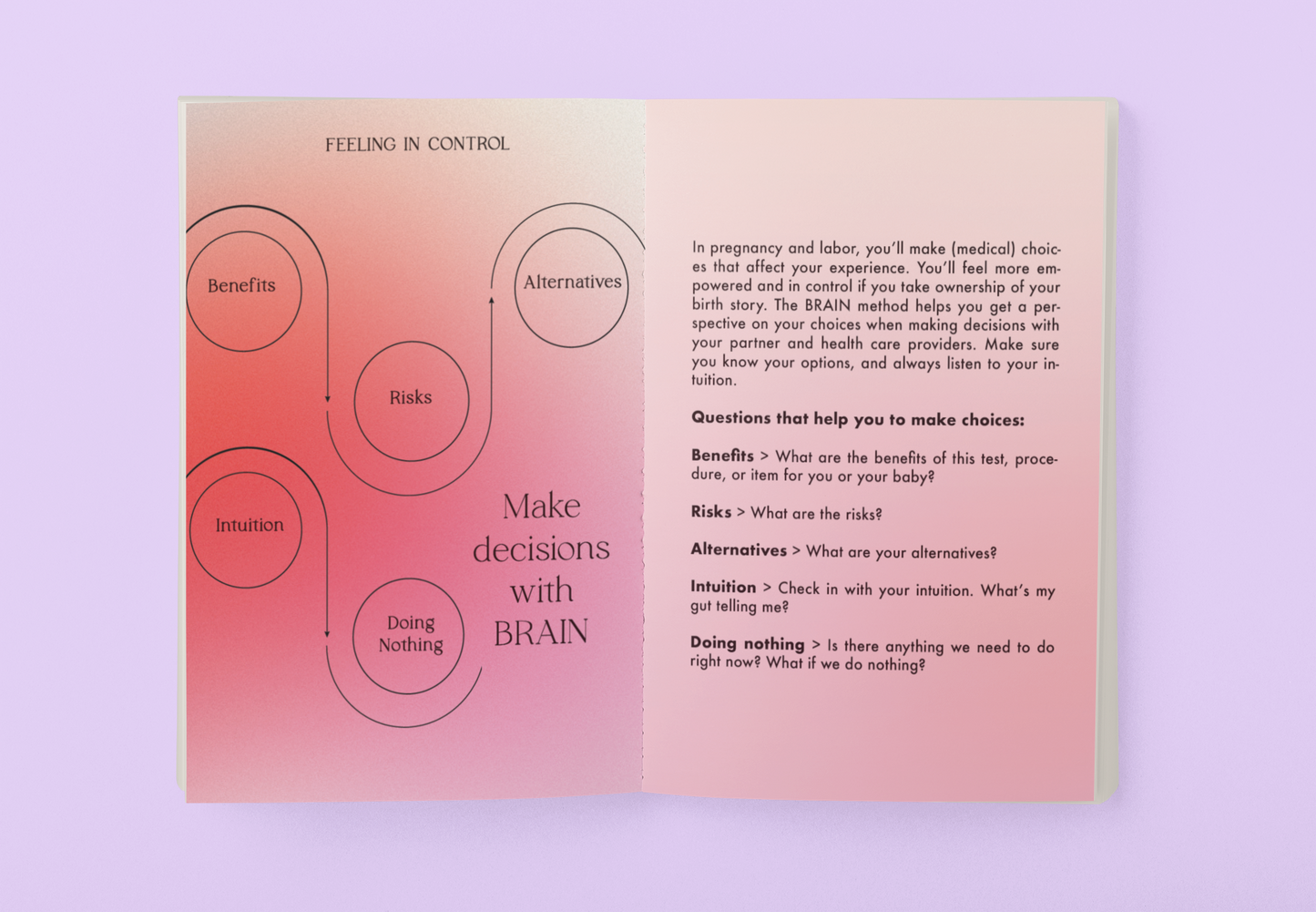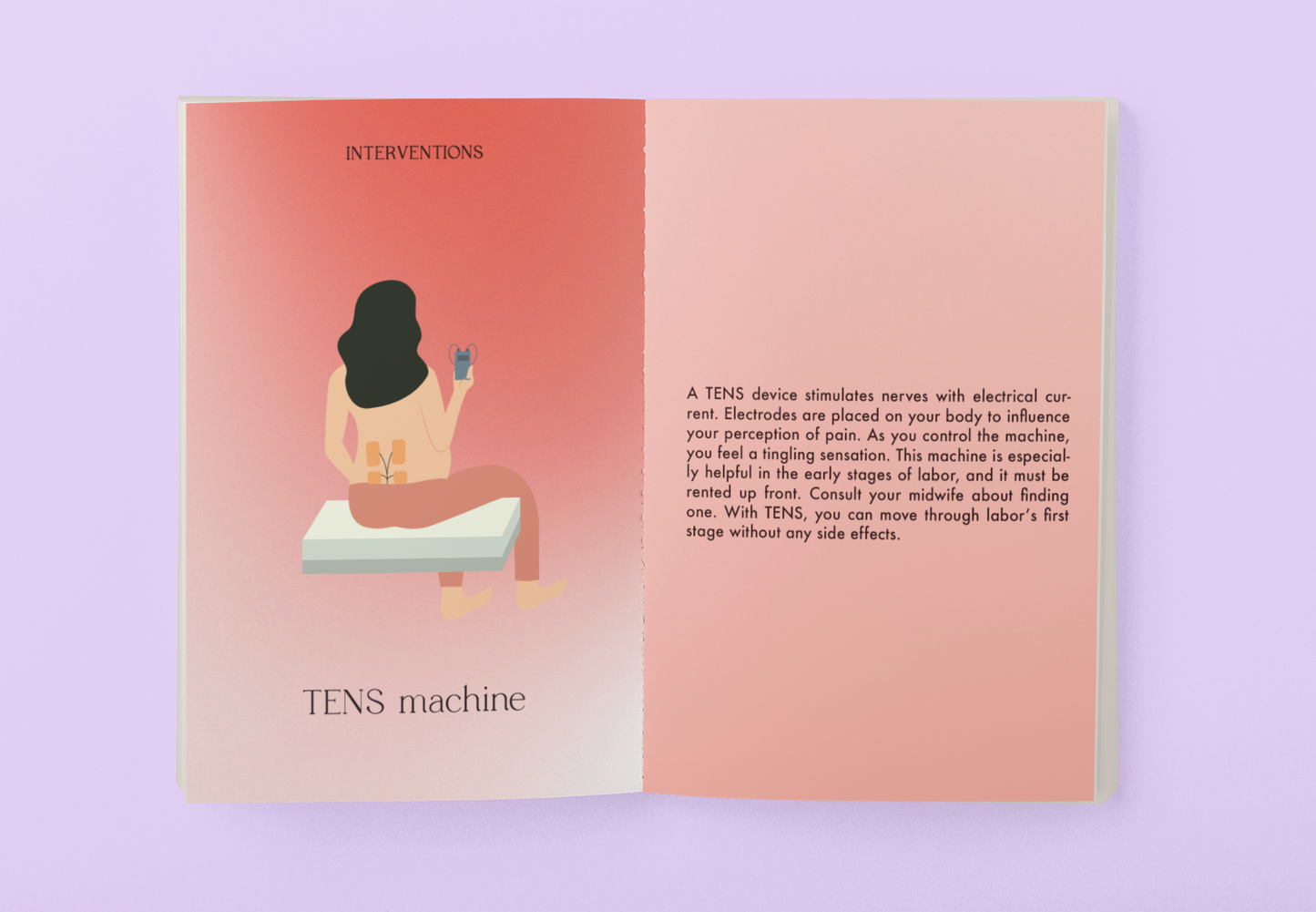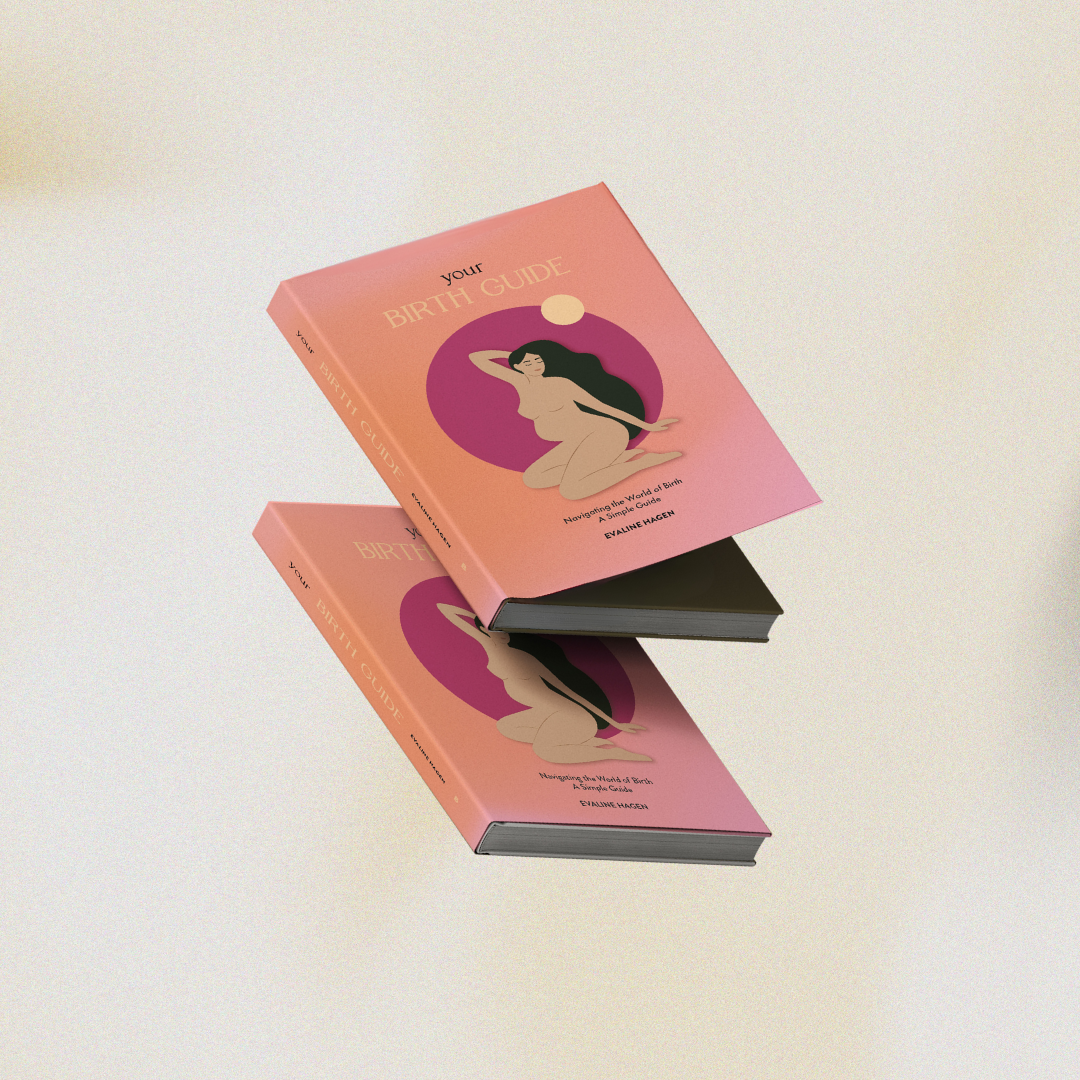Birthing positions are not commonly used in everyday life. Working with these exercises will help you (1) get into positions that you will use during labor and birth, and (2) create more flexibility and length in your muscles and ligaments.
- Consult your midwife to find out whether these exercises are safe for you during pregnancy and how many repetitions you should do.
- Try to practice these exercises every day when you are in your third trimester.
- Take advantage of every opportunity to get moving, and don't be too hard on yourself if you miss a day.
Here are 8 exercises that prepare your body for birth through movement:
1. WALKING

During pregnancy, walking is a safe and healthy activity. In addition to supporting the lower back and the psoas muscles, it also contributes to emotional groundedness, flexibility, and better positioning of the fetus. Make it a habit to walk 30 minutes per day. You may listen to affirmations or meditations while you walk. It also relaxes the mind to spend time in nature.
2. SITTING

Grounding yourself in a space is a helpful habit to practice. You might be in an unfamiliar environment while giving birth, so having techniques to ground yourself will help you relax.
- Place yourself in a comfortable position
- Inhale and exhale deeply
- Check in with your body by noticing how it feels
- Starting at the top of the head, scan down your body, noticing what feels comfortable and what feels uncomfortable
- Make an intention or speak out an affirmation for your session
3. CAT & COW

By stretching the Cat & Cow, we warm up our bodies and increase the length and mobility of our spines. Back strains or pain can be relieved by releasing the lower back and taking away tension.
- Put your hands directly beneath your shoulders, and your knees directly beneath your hips, in a tabletop (all fours) position on your mat.
- With your breath linked to your movements, inhale to arch your back, reaching your tailbone towards the sky and moving your chest forward (cow pose). The head and neck should follow the spine's movements.
- During exhalation, round your spine so that your head and tailbone reach for the ground and your middle back reaches for the sky (cat pose)
4. HIP STRETCH

As the hips open, the pelvis will be balanced, allowing the baby to descend more easily.
- Lie on your back.
- Bend both knees with your feet flat on the floor.
- Lift one leg (right) and place the ankle above the bent knee of the other leg (left).
- Grab the thigh or shin of the right leg with one hand through the hole your left leg makes.
- Take hold of your left leg and lift it. Hold the pose for a few seconds, and then stretch your lifted knee away from your head.
- Repeat the process on the other side.
5. LUNGES

Forward lunges work your lower body muscles. Throughout pregnancy, they strengthen balance and stability.
- Step forward and lower yourself so that your front leg and back leg are at nearly a 90-degree angle.
- Raise yourself back up to a standing position by pushing into your front heel and foot.
- Repeat the exercise with the other leg.
6. SQUATS

A squat releases tension throughout the hips, lower back, and ankles. By stretching and strengthening these groups, they relieve pain in your lower back and pelvis. In labor, squatting is frequently used because it encourages your pelvis to open and gives the baby more room to pass.
You can use props underneath your seating area if the pose is too intense. Do forward lunges before doing squats to prepare your pelvis.
- Place your feet about hip width apart and squat while pointing your toes towards the upper corners of your mat.
- Make sure your belly has plenty of room by widening your knees and moving your feet further apart if necessary.
- To intensify your hip opening, bring your palms together in front of your chest (heart) so that your elbows push against the inside of your knees. You will feel the stretch throughout your hips and back.
7. WINDMILL

Performing windmill exercises improves shoulder and torso strength and stability. Stretching out the back and twisting helps stretch the lower back and buttocks more deeply.
- Stand with your feet apart.
- By keeping your back straight, bend forward and place your palms at a height that suits your back (chair, yoga block, seat).
- Take a deep breath, lift one hand out to the side, and then up above your head. Make sure you follow your hand with your eyes by turning your head.
- Then, return your hand to the floor, block, or seat and repeat on the other side.
8. CHILD'S POSE

In Child's Pose, the hips are opened and the spine is lengthened. You can use this position to check in with yourself, to ground yourself, or to just relax. Stay as long as you feel comfortable.
- You should kneel with the gap between your knees wider than your hips.
- Sit on your heels (face up) and slowly lean forward with your body, walking your arms out in front of you. It's up to you how deep you want to go.
- Breathe deeply and relax.
DISCLAIMER
The purpose of Birth Guides is to serve as a directory for exploring topics around giving birth, not as a source of medical advice. Always check with your medical team or midwife what is most appropriate for your situation. Birth Guides can not be held responsible for potential inaccuracies or incompleteness in this article. We are always looking to optimise our content > feedback@birthguides.com
